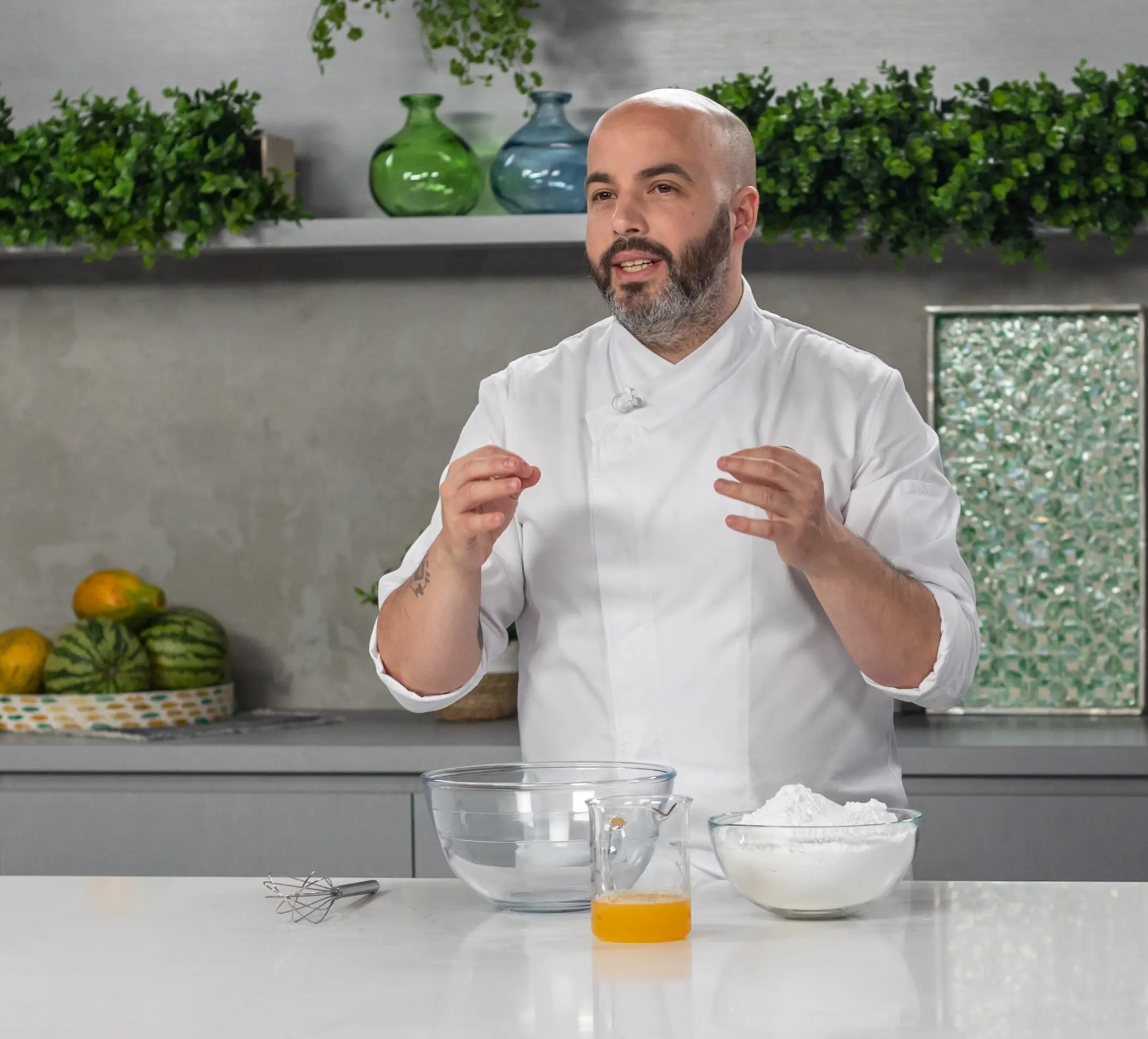What is Sugar?
Sugar is a sweet-tasting substance that comes from plants, most commonly sugarcane and sugar beets. It is a key ingredient in many foods, especially in baking, where it helps with sweetness, texture, and color. But did you know that not all sugars are the same? There are many types of sugar, each with its unique qualities and uses. Understanding these differences is important for choosing the right one for your recipes.
Why Are There Different Types of Sugars?
Different types of sugar are produced in various ways, and each type serves a specific purpose in baking and cooking. Some sugars are more refined, while others retain more of their natural components, like molasses. The differences in texture, moisture, and flavor make each sugar better suited for certain recipes. As a baker, knowing the variety of sugars available can elevate your skills and help create the best desserts.
What Type of Sugar Do Professional Bakers Use?
Professional bakers often use a mix of sugars depending on their needs. For instance:
- Granulated Sugar is used in most recipes for its ability to dissolve easily and provide sweetness without affecting texture too much.
- Brown Sugar is used when moisture and a richer flavor are needed, such as in cookies or cakes.
- Powdered Sugar is used for icing and frosting due to its fine texture, which gives a smooth finish.
- Superfine Sugar is preferred for meringues and delicate cakes because it dissolves quickly and evenly.
These different sugars are chosen based on the recipe's requirements for texture, taste, and appearance.
Granulated Sugar vs. Brown Sugar: What’s the Difference?
Granulated Sugar is the most commonly used sugar in baking. It has a dry, fine texture and dissolves easily into liquids. It is perfect for recipes where you need a light, crisp texture, such as in cakes, cookies, and pastries.
Brown Sugar, on the other hand, is made by adding molasses back into granulated sugar. It has a moist texture and a deeper, caramel-like flavor. Brown sugar is often used in recipes that require moisture, such as gingerbread or chewy cookies, and it adds a rich, flavorful depth.
Different Kinds of Sugars for Different Purposes
- Caster Sugar (Superfine Sugar): A finely ground sugar that dissolves quickly, making it perfect for delicate batters like meringues, cakes, and biscuits.
- Powdered Sugar (Icing Sugar): This is sugar that’s been finely ground into a powder. It’s great for making smooth icings, glazes, and dusting over pastries.
- Demerara Sugar: A type of raw sugar with large crystals and a light molasses flavor. It’s often used for crunch and texture on top of cookies, cakes, and muffins.
- Turbinado Sugar: This sugar has a slight molasses flavor and a coarse texture, perfect for adding crunch to cookies and other baked goods.
- Muscovado Sugar: A dark, unrefined sugar with a strong molasses flavor, ideal for rich cakes and savory dishes.
- Liquid Sweeteners: Honey, maple syrup, and agave syrup are natural alternatives to granulated sugar. They add sweetness, moisture, and a distinct flavor, often used in healthier recipes or for adding a natural sweetness.
Tips for Choosing the Right Sugars
- Check your recipe: Some recipes require sugars that dissolve faster, while others need sugars that add moisture or flavor.
- Consider texture: If you need a smooth finish, go for powdered sugar. For a light, airy texture, superfine sugar is a great choice.
- Think about flavor: Brown sugars will give your pastries a deeper, richer flavor, while granulated sugar will keep things neutral.
- Moisture levels: If your recipe needs moisture, opt for brown or raw sugars that have a bit more moisture content.
Want to Learn More About Pastry?
Turn your pastry to success with PastryClass. Enroll to master new pastry skills, unleash your creativity, boost sales, enhance career opportunities, or simply discover a fresh passion. Learn with Cédric Grolet, Pierre Hermé, Ramon Moratò, Frank Haasnoot, and more.
November 13, 2024 By PastryClass




























